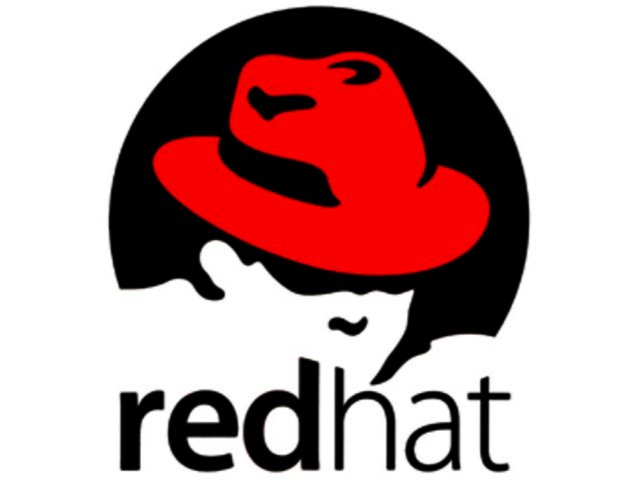VIEWING PAGE 1 OF 1
By Gerald Sternagl, business unit manager Storage, EMEA, Red Hat
In a nutshell, hyperconverged systems can be defined as compact and software-defined. They integrate powerful compute and storage capacities. These systems are typically deployed in organisations’ remote offices, such as local branches of a bank, where access to IT expertise is generally less readily available.
The banking sector is in the midst of fundamental change. The market is disrupted by new fintech companies offering innovative services, and these challengers are digital, fast, and available 24/7. They are up against financial institutions with long established reputations, structures, and processes. Banks that did not make investments at the right time in the 2000s, are now relying on IT architecture solutions that were state-of-the-art at the time, but 10 years later have become complex, inflexible, and expensive to operate.
In addition, banks across the board have been reducing the number of branch offices they operate, whether they are public, private or even cooperative banks. This means that existing IT set ups are also being reshuffled. Today, issues such as streamlining and modernising data centers and consolidating IT in branch networks as a way of boosting organisational efficiency and time-to-market for new innovations are of heightened significance against the backdrop of potentially sinking revenues and stagnating IT budgets.
Banks with a network of branch offices are seeking opportunities to offer these premises the same infrastructure services as the bank’s central data center, to improve efficiencies and cost structures. The branches frequently present special challenges such as limited cooling capacities and space and few, if any, IT employees available. Companies in this situation require IT services that are powerful, integrated, and scalable.
Hyperconverged means a combination of compute, storage, and network virtualisation
A hyperconverged solution addresses these challenges by integrating compute and storage resources and network virtualisation. It enables companies in any industry to manage distributed infrastructures from a central location so branch offices can benefit from highly efficient systems without requiring a comprehensive and highly specialised IT team on-site.
There are two types of hyperconverged solutions: appliances, which combine hardware and software, and entirely software-based solutions such as Red Hat Hyperconverged Infrastructure. In comparison to a software-based solution, an appliance tends to offer less flexibility and adaptability to meet specific needs and is not typically open source.
An open source, end-to-end solution
Banks can avoid the reliance on a vendor that is involved in a proprietary approach by deploying an open source hyperconverged solution. In addition, companies can benefit from the faster rate of innovation generated by many developers collaborating in open source communities. The main components of an open source infrastructure stack include a virtualisation platform, software-defined storage (SDS), and software-defined networking (SDN), which enable companies to efficiently manage a range of servers and networks.
An operating system, such as Red Hat Enterprise Linux, serves as the technological foundation. The next layer is a kernel-based virtual machine (KVM), a virtualisation platform. A software-defined storage solution can be installed on the same hardware as the KVM, removing the need for a dedicated storage solution and simplifying deployment. What’s more, with SDN part of the hyperconverged infrastructure (HCI) solution, the number of dedicated network components in the network area can be reduced. An open source infrastructure stack is rounded off by an agent-less open source automation framework, enabling a central location to perform automatic installations and configurations.
Another benefit of a hyperconverged solution is greatly simplified administration. Many companies generally have separate teams for server and storage administration. A hyperconverged solution enables one employee to monitor and manage the entire stack.
Hyperconverged solutions in a variety of shapes and sizes
Hyperconverged infrastructure for remote offices managed through the company’s headquarters is one version of this architecture. A step beyond this is a company-wide solution such as Red Hat OpenShift Container Platform, the Kubernetes-native container application platform. This enables organisations to operate various development projects and application and lifecycle environments that work in isolation from one another on one single Kubernetes cluster of a container platform.
The OpenShift nodes can execute application and container-native storage in a hyperconverged architecture. A major benefit of containers is their efficient and portable abstraction from the infrastructure layer, for use in applications running Linux in different environments, be they comprised of physical servers, virtualisation platforms, private or public clouds or a mixture This means organisations can deploy, manage and scale their applications across hybrid and multi-cloud environments. As a result, hyperconverged solutions, together with all the services they offer, can cover a wide range of application scenarios.
The spectrum of possibilities ranges from solutions for branches without a Kubernetes cluster to company-wide architectures where, for example, container applications might be created at a bank’s U.S. headquarters, and can run on the container platforms of all other national branch offices without any modifications. Using this approach, hyperconverged container-based solutions can also simplify deployment and IT operations across the company.





